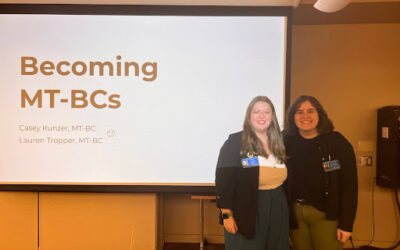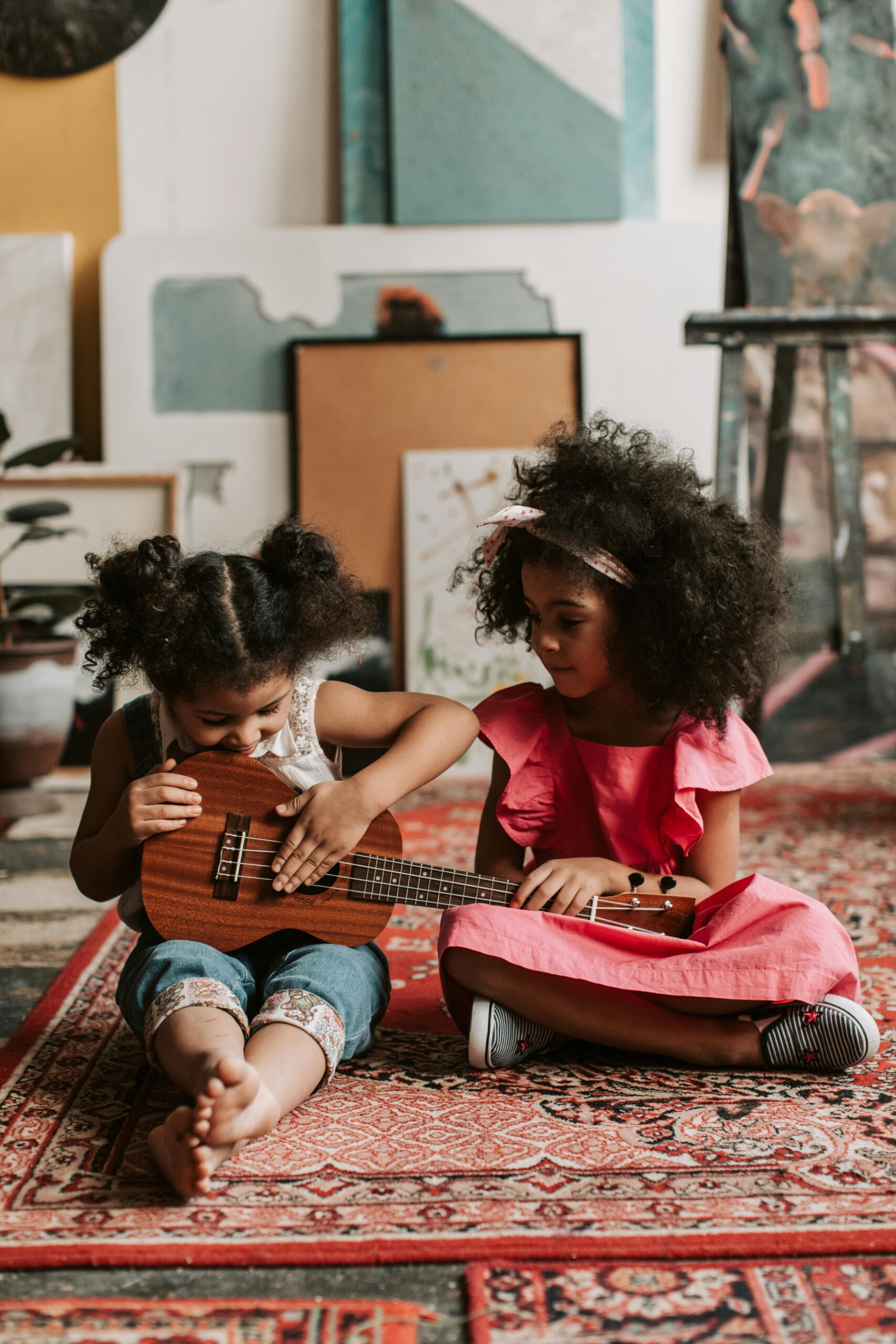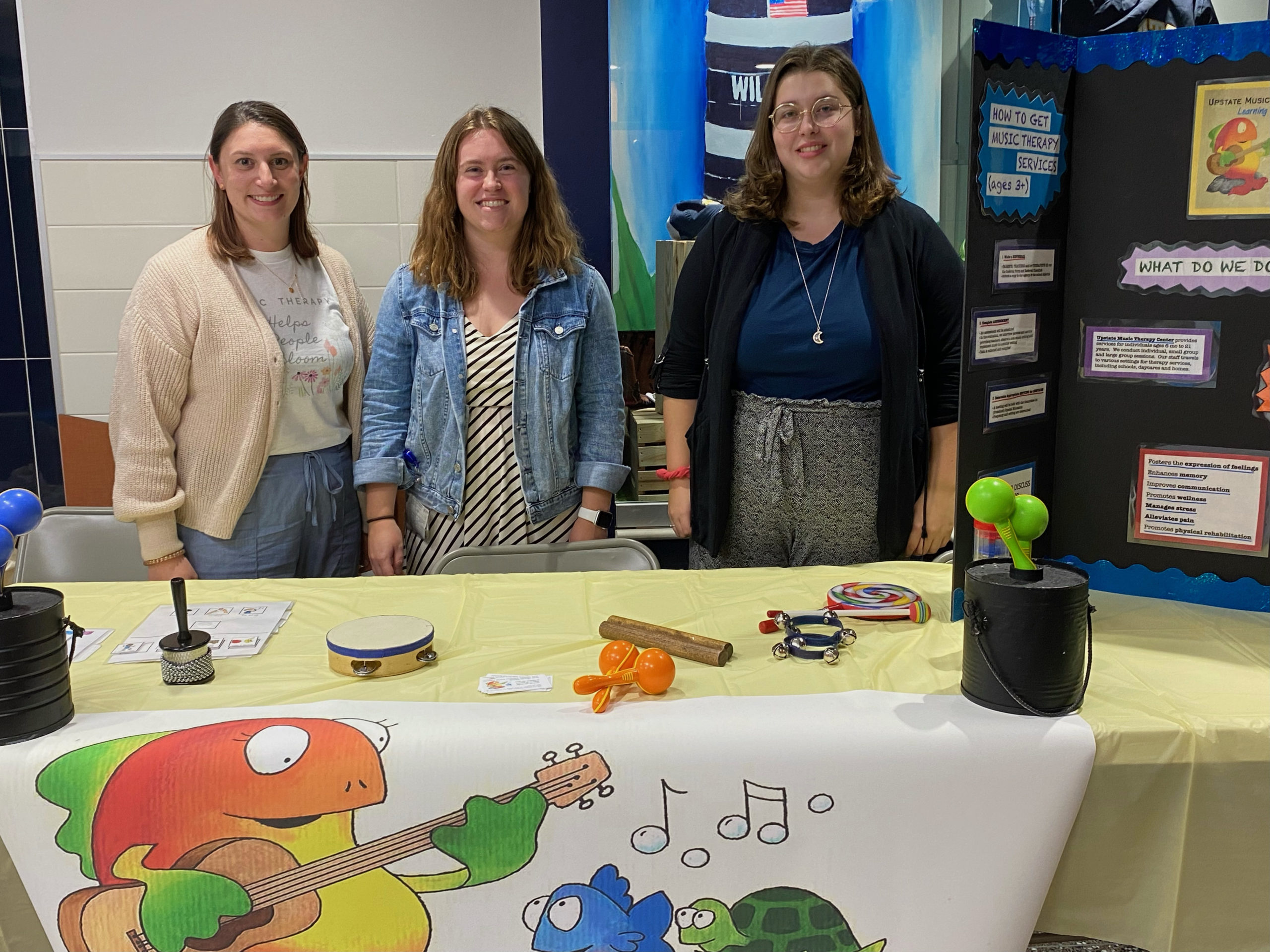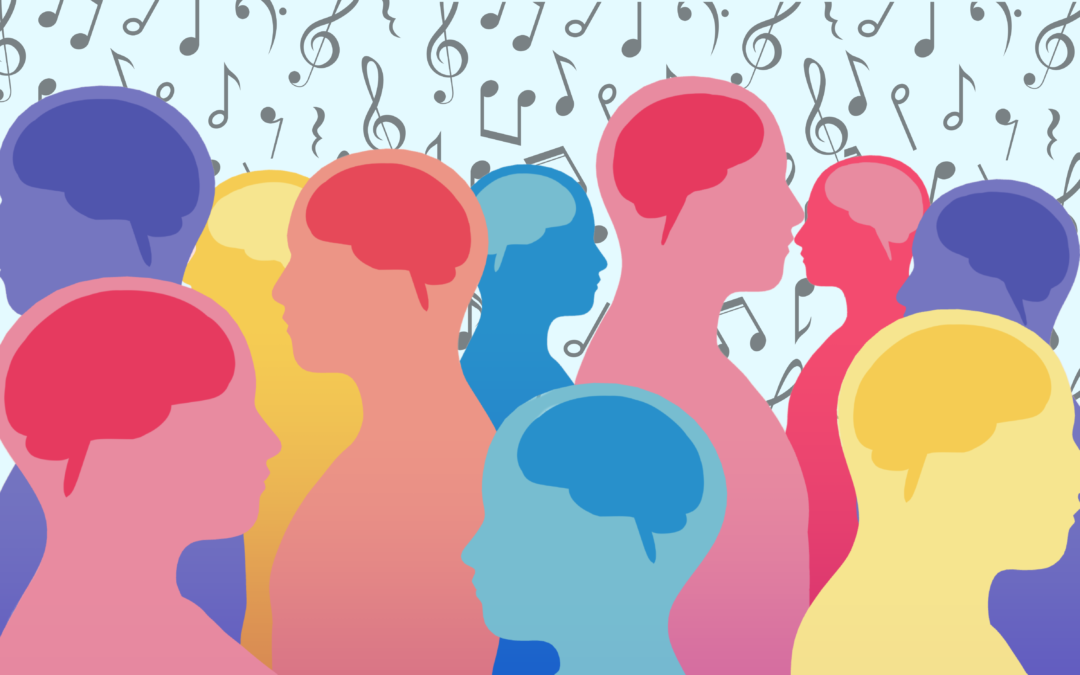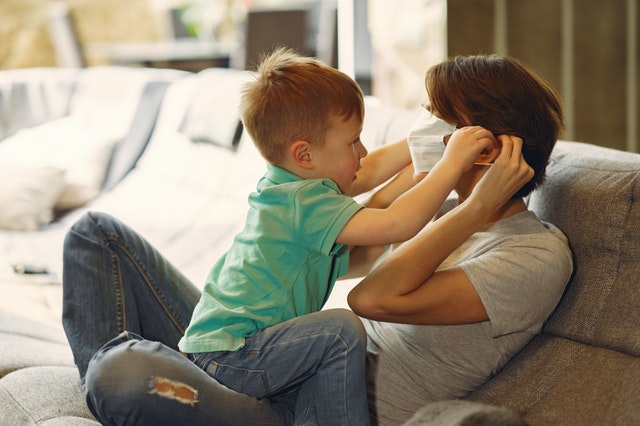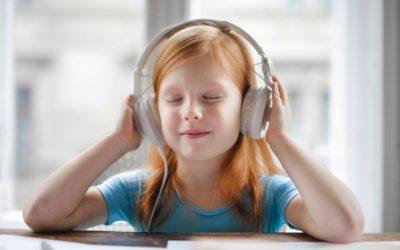This blog was written by Casey Kunzer, MT-BC On March 1st myself and my colleague Lauren had the opportunity to attend and present at SUNY Fredonia’s Mini Music Therapy Conference. Our presentation, “Becoming MT-BCs,” aimed to educate and empower student music...

Decreasing Bedtime & Morning Stress
Many parents know the challenge of getting their children to wind down and finish necessary tasks before bed each night. They also will attest to the struggle each morning with dressing, eating, gathering the necessary items for the day, and getting out the door on time. Now imagine adding to your morning and nighttime routine a child who does not attune to everyone else’s activities, a child with Autism, Down Syndrome, ADHD, Anxiety Disorders, or Depression. Let’s face it, parents are exhausted by the end of the day and have a list a mile long to start the new one, so one or more children not moving at the pace the parent needs can cause incredible stress for everyone in the house.
What are the options for families? All children, whether they are typically developing or have developmental disabilities and neurodiversity, may struggle with mood regulation, staying on task, time management, working memory, and many other executive functioning deficits that make nighttime and mornings difficult. There are two areas that this blog will focus on in hopes of helping parents who feel like it’s time to throw in the towel. For those who feel that they have tried everything, we want to suggest that you combine these two important elements: the best routine and most supportive genre of music.
As Licensed Creative Art Therapists and Board-Certified Music Therapists, the staff at Upstate Music Therapy Center LLC know the power of predictability. Some of the children we work with in classrooms are greeted with a transition song. It is sung to a comfortable walking pace so that the social greeting and message of needing to move from the class to another environment is managed through the song and rhythmic pulse. Using a technique such as this for certain children can mean the difference between a smooth transition to another space or a complete meltdown. Once in the session the therapist also recognizes that the predictable schedule allows the child to move comfortably and more independently as they learn their role within the routine. This many times includes a visual schedule. Through this process the therapist needs to give fewer prompts and the child’s self-esteem and level of accomplishment improves. How does this information help a parent in their home?
Empowering your children to co-create a routine for their nighttime and morning allows the child to select items for their schedule that they most prefer. Perhaps they would like their favorite stuffed animal to sit and watch as they brush their teeth, they participate in deciding what foods will be available on the quick breakfast food menu options for each day or decide if they will fill their backpack for the next day before dinner or after dinner. Offering choices and providing a visual aide of the routine is helpful. This can include a checklist in a notepad, picture icons for younger children, or a schedule posted on their wall. Having a visual guide to keep your child on task and increase their level of independency is a win for all.
The other important element is using music with your children to support the level of focus, relaxation, or stimulation required for the activity that they need to engage in. Again, involving your child in making the music selections, especially for older children will be very important. However, they may not realize how the music they are listening to impacts them physiologically, behaviorally, or emotionally. A study on how particular genres of music impact a person’s heart rate can shed some light on what styles of music to listen to prior to sleep and when we want them to have an increase in energy to complete tasks.

Does Music Affect a Persons Heart Rate? David Sills, Amber Todd (Emerging Researchers) Dayton Regional STEM School, Dayton, Ohio; Wright State University, Dayton Ohio
In this study they use the following genres classical, 125 bpm; electronic, 119 bpm; jazz, 154 bpm; world, 124 bpm; RnB, 99 Bbpm; rock, 79 bpm and as you can see in Figure 4 classical and electronic music was the two styles that brought down the high school students heart rates reflecting the most relaxed state. Studies have suggested that an ideal resting heart rate is between 60-100 beats per minute and may drop lower than 60 bpm when in deep sleep. It makes sense to use music prior to bedtime that reduces our heart rate in preparation for sleep. You might be surprised to see in Figure 4 that although the rock music had the slowest bpm it produced the highest heart rate.
Dopamine is a neurotransmitter made in the brain. Basically, it acts as a chemical messenger between neurons. Lack of dopamine can make you sleepy, but not sleeping may also lower your dopamine. We also know that levels of dopamine can increase up to 9% higher when listening to music that is enjoyed. It’s involved in reward, motivation, memory, attention and even regulating body movements. When dopamine is released in large amounts, it creates feelings of pleasure and reward, which motivates you to repeat a specific behavior. Allowing your child to select a playlist for their morning routine will increase their dopamine and motivation to complete tasks that are rewarding. What is the reward for getting their morning time or bedtime routine complete without resistance? The music itself may be rewarding enough, however some children do best with a reward system such as stickers on a chart for each morning and nighttime they follow their schedule. At the end of the week, they receive a reward.
Perhaps your child does well with timers. The example below, one for 20-minute nighttime routines is one of the many options available online. Music preferences are important so include your children in making the selections right for them. Enjoy creating routines and finding supportive music to lessen the stress in your home.
Becoming MT-BCs: Presented by Casey Kunzer, MT-BC
World Music Therapy Week 2024
This blog was written by Robin Neary and Amy Thomas. Happy World Music Therapy week! It brings us joy to know that all around the world music therapists are coming together to celebrate and educate our communities on our profession. This year, Upstate Music Therapy...
Current Events: Marcus Whitman Community Partnership Event
This blog post was written by Robin Neary, MT-BC This month, Upstate Music Therapy Center employees Robin Neary, MT-BC, Jamie Swieringa, MT-BC, and Casey Kunzer, MT had the pleasure of attending Marcus Whitman School District’s Community Partnership Event. Families,...

